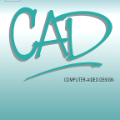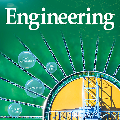Computer-Aided Design (CAD) plays a pivotal role in industrial manufacturing, yet 2D Parametric Primitive Analysis (PPA) remains underexplored due to two key challenges: structural constraint reasoning and advanced semantic understanding. To tackle these challenges, we first propose an Efficient Hybrid Parametrization (EHP) for better representing 2D engineering drawings. EHP contains four types of atomic component i.e., point, line, circle, and arc). Additionally, we propose PHT-CAD, a novel 2D PPA framework that harnesses the modality alignment and reasoning capabilities of Vision-Language Models (VLMs) for precise engineering drawing analysis. In PHT-CAD, we introduce four dedicated regression heads to predict corresponding atomic components. To train PHT-CAD, a three-stage training paradigm Progressive Hierarchical Tuning (PHT) is proposed to progressively enhance PHT-CAD's capability to perceive individual primitives, infer structural constraints, and align annotation layers with their corresponding geometric representations. Considering that existing datasets lack complete annotation layers and real-world engineering drawings, we introduce ParaCAD, the first large-scale benchmark that explicitly integrates both the geometric and annotation layers. ParaCAD comprises over 10 million annotated drawings for training and 3,000 real-world industrial drawings with complex topological structures and physical constraints for test. Extensive experiments demonstrate the effectiveness of PHT-CAD and highlight the practical significance of ParaCAD in advancing 2D PPA research.
翻译:暂无翻译



